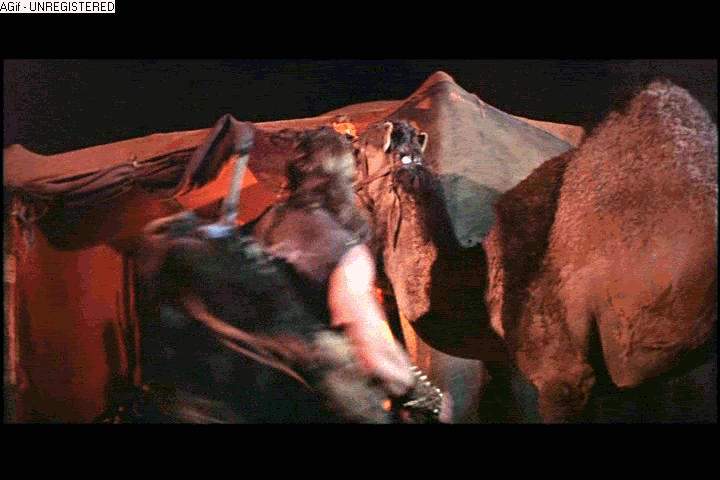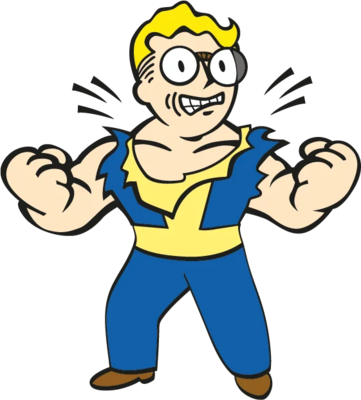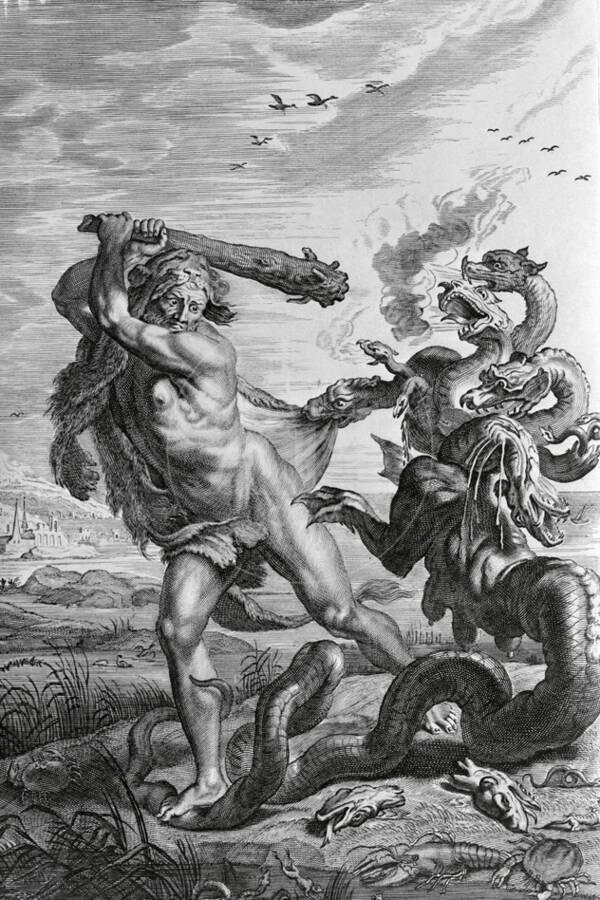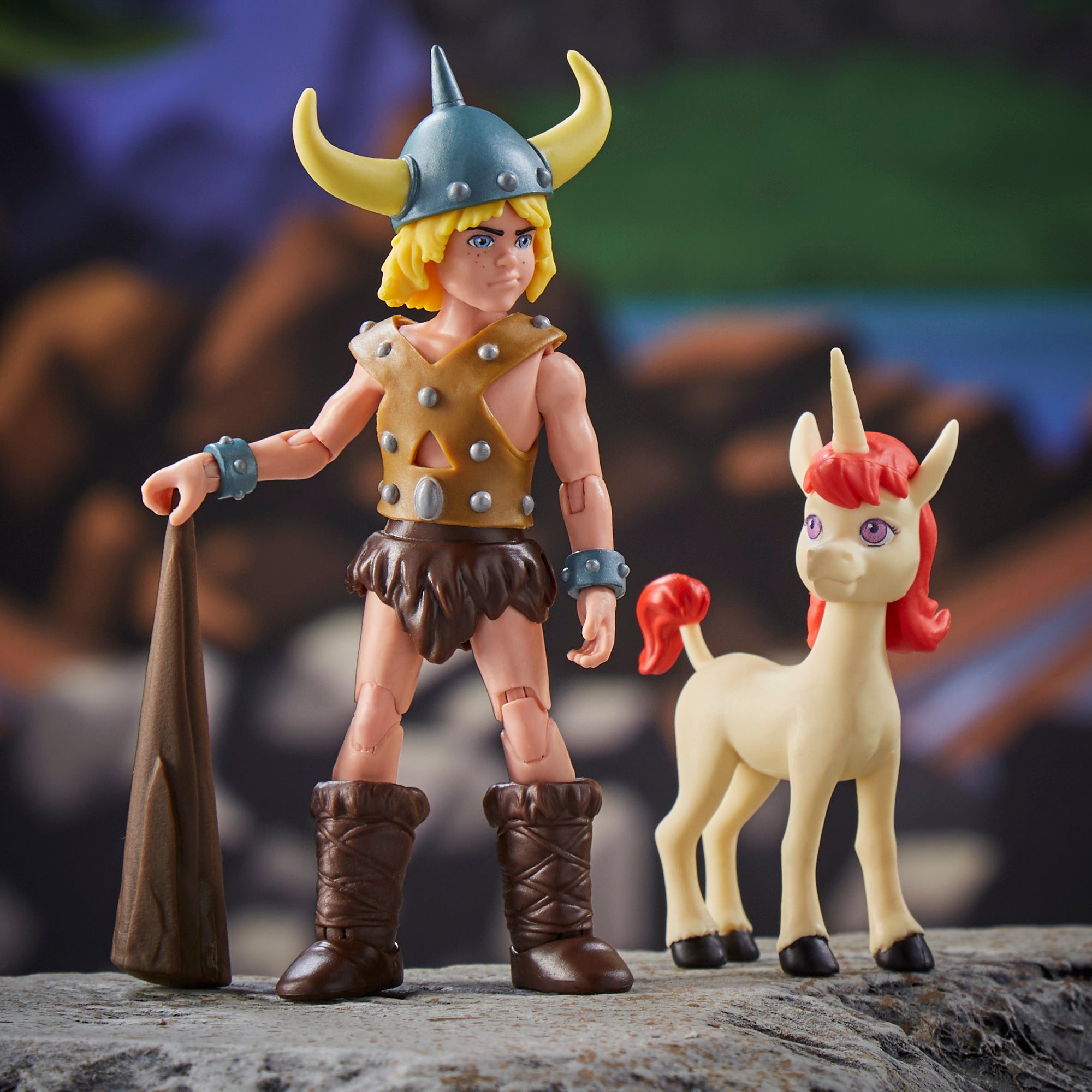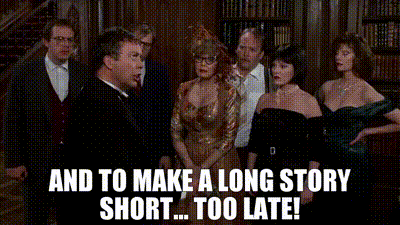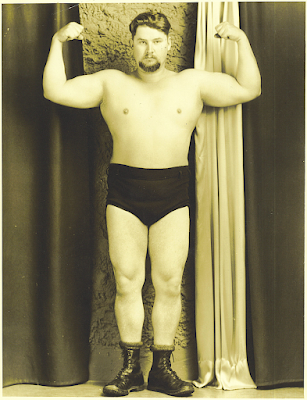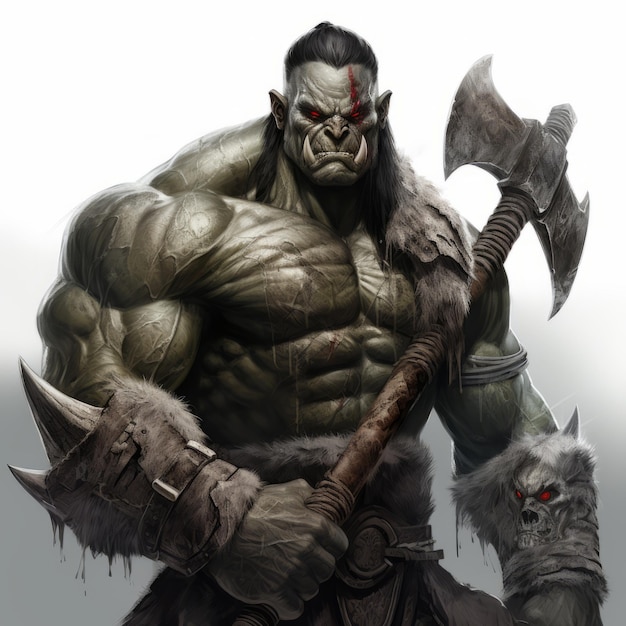This is going to be one of those moments where art imitates life, because I’m writing this with the 30 minutes I have available to me on a Friday to finish my self-imposed 1000 words a week rule for this blog, and I intend to discuss the value of deadlines as it relates to physical transformation. So often I see a young trainee ask the question of “how long should I bulk” or “how long should I cut” or a question of WHEN to do these things, and the answer I see given are reflective of just how inexperienced so many folks out there are, despite having the loudest opinion. “You want to bulk for as long as you possible can!” “You want a long slow bulk” “Bulk until you hate yourself, cut until you hate everyone else”, and all sorts of other pithy witicissms that offer no assistance whatsoever. You want some real honest to goodness deadlines? Bulk for 6 weeks. Why? Because that’s how long Super Squats, Building the Monolith, Deep Water Beginner/Intermediate and Mass Made Simple run. You wanna know how long to cut? Let’s call it 28 days. Why? That’s how long the Velocity Diet runs. Or we can say 2 weeks of cutting and 4 weeks of bulking if you want to run Feast, Famine and Ferocity. What’s the big takeaway with this? These protocols HAVE fixed timelines and deadlines. Why? Because physical transformation requires a NON-SUSTAINABLE effort!
Meanwhile, this dude needed super serum
How do we
accomplish physical transformation? We
have to create a catalyst for change. We
have to introduce to our bodies some sort of stimulus that is SO shocking that
our body decides that adaptation is necessary.
Our bodies LIKE homeostasis: they like NOT changing. That is their preferred way to exist. Change is laborious: it requires effort and
resources, and our bodies are lazy: they don’t WANT to engage in labor. So we have to somehow convince our bodies
that the cost of homeostasis actually OUTWEIGHS the cost of adaptation. That it will require MORE labor and effort to
remain the same than it will need to expend in the act of changing. We have to convince our body that, in the long
run, it will be FAR less strenuous for it to expend some energy building muscle
so that the loads we challenge it with feel lighter vs constantly having to
struggle against the loads with the same 98lb weakling body. And our course: our brain is SUCH a liar to
our body. We KNOW that we’ll never stop
challenging it to grow, but we convince the body that, hey, just this one time,
if it does us a solid and builds some muscle or sheds some fat or changes in
SOME way, we’ll make it worth it’s while.
We have to give the body “an offer it can’t refuse” and try to somehow
convince it to appreciate the value of long term investing. We all know how well THAT goes.
But going back
to the stimulus: imagine the kind of RIDICULOUS stimulus that would be
necessary to convince the body to change.
The body is a master of homeostasis, and you see fit to challenge
it. You better be bringing your A-game. And anyone who has ever BROUGHT their A-game
to anything KNOWS that it’s called A-game for a reason: we can’t ALWAYS perform
that way. We can’t ALWAYS have the best
game of our life, the best practice, the best anything: otherwise, it wouldn’t BE
the best: it’d be average. It’s why
fighters spend weeks at a fight camp trying to get into top shape before a
fight, it’s why any athlete anywhere has an off season and an in-season, it’s why
“peaking” is a thing in powerlifting: we simply cannot perform at our best all
the time. That’s not how a human
works.
This is how I feel the majority of the time I read anything online
So knowing
THAT, the idea that we can spend a PROLONGED period of time in a state of
physical transformation becomes positively ludicrous. The notion of a “long slow bulk” is quickly
realized to be understood as the same “long slow bulk” that the majority of humanity
has been undergoing: physically spinning one’s wheels while gradually getting
fatter. Telling the body to make muscle
requires some HARD, strenuous training, and the idea that you’re going to maintain
that uninterrupted for long durations is simply a sign that you’ve never
actually undergone any of this hard training.
You’ve been trying to do “just enough” for so long that you’ve missed
out on the “enough” part. Those that
talk about how you WANT to stretch out the bulking process for as long as
possible sound like absolute lunatics for those that have been in the trenches
getting results, for THOSE people know that you want the gaining phase to be
OVER as quickly as possible.
Which is WHY
these periods of physical transformation HAVE definitive deadlines associated
with them: we need to know just how long we’re going to put in this skullspltting
effort SO that we have an end in sight and a plan to move forward. If you’re on team permabulk, you’re going to
have a LOT of workouts where you just phone it in, knowing that “this is a long
gaining phase”, and that, as along as a good amount of effort is applied on
some of the workouts, things will probably be ok right? Whereas when you’re on workout 15 of 18 in
Super Squats, you tell yourself “only 60 more reps of squats to go and I’ll be
DONE gaining”, and you pour your very SOUL into all 60 squats. When you’re on day 10 of the 14 day protein
sparing modified fast of Jamie Lewis’ famine protocol, you tell yourself that,
in 4 days, you can feast again, and it gives you the tenacity to endure. By having a light at the end from the start,
you know that you’re going to have to sprint through this challenge so that you
can force the body to change, and that AFTER this sprint can come the cooldown
lap, where you allow yourself to get back into some sort of order and
reconfigure yourself before your next grand stupid adventure at change.
Been in this situation many times
This is
basic periodization spelled out for you.
It’s WHY periodization is a thing: we cannot always be forcing the body
to undertake the same change over and over again. Somehow, every lifter KNOWS that the Milo of
Croton story is a myth, and then they rapidly forget it when they think they’re
going to go on a 3 year bulk. Carve out
a specific chunk of time to transform in a specific direction, pour every fiber
of your being into that chunk of time, then pivot the goal and go tilt at that
windmill. And hell: allow yourself some
moments where the goal IS to just maintain.
Sometimes, we need to take a few steps back so that we can get a running
start at giant leap forward. But understand
and appreciate WHY we employ these deadlines.
When we know we’ve only got 6 weeks, we’re going to make it count, and
when we LIMIT ourselves to only 6 weeks, we CAN make it count.



